#warsaw
Text







By lostatvenue
78 notes
·
View notes
Text


"Old Town Square at Night" by Józef Pankiewicz (1892) vs the same place on November 28th 2023 (Warsaw)
13K notes
·
View notes
Text
🩸 separate to dance better 🩸

#fanart#chainsaw man#my art#denji fanart#chainsawart#denjichainsawman#asa mitaka#csm part 2#csm#csm yoru#asaden#idk man#warsaw
12K notes
·
View notes
Text
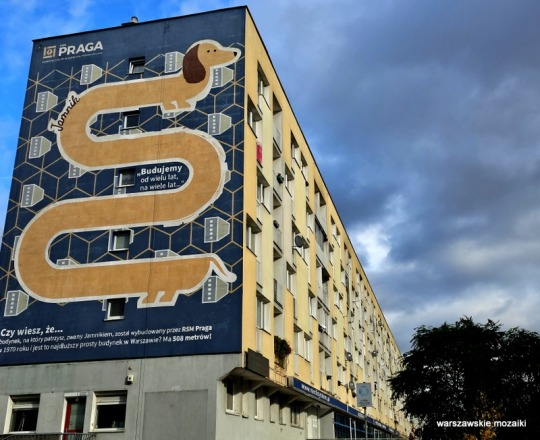

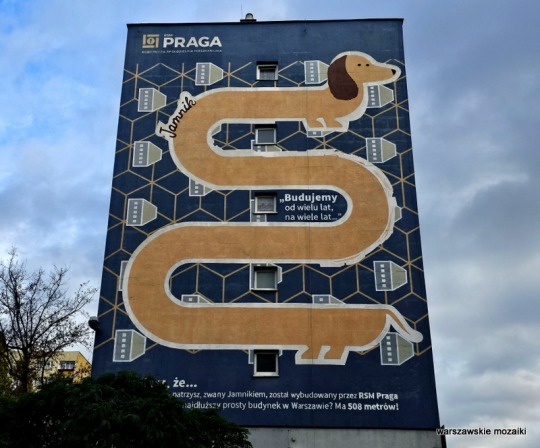
Warszawa, mural "Jamnik".
1K notes
·
View notes
Text

Zamek Królewski w Warszawie, Poland
#art#design#architecture#history#luxury lifestyle#style#luxury house#luxury home#palace#warsaw#poland#zamek#zamek krolewski#royal#castle#royal castle
630 notes
·
View notes
Text

Warsaw, Poland (by Olga)
563 notes
·
View notes
Text
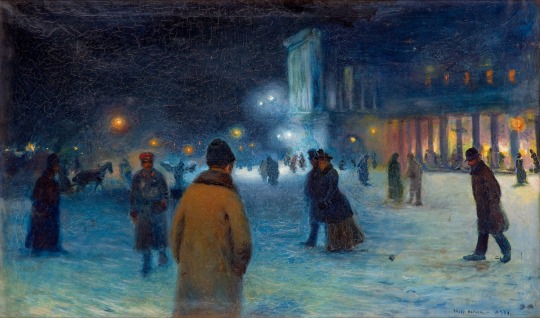
Józef Rapacki - Evening on the Theatre Square in Warsaw (1893)
1K notes
·
View notes
Text
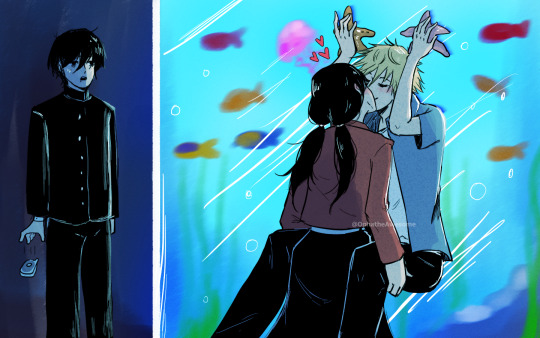
i hope nothing bad happens in their date
please i just want asa and denji to be happy
#asamitaka#denji x asa#asa mitaka#chainsaw man#denji#denji fanart#warsaw#asaden#csm part 2#csm manga
6K notes
·
View notes
Text

Buildings grow in Warsaw, Poland, June 2023
#poland#warsaw#warsawa#architecture#brutalism#brutalist architecture#green#plants#nature#natural#eastern europe#apartment buildings#soviet#soviet architecture
1K notes
·
View notes
Text

#beyoncé#beyonce#website#update#renaissance world tour#renaissance#rwt#rwt 2023#warsaw#1st night#june 2023
1K notes
·
View notes
Text

#way ahead of you#suletta mercury#gwitch#g-witch#g witch#source: twitter#pride#gundam the witch from mercury#mobile suit gundam: the witch from mercury#the witch from mercury#witch from mercury#gundam witch from mercury#twfm#wfm#warsaw#god I hate the new tumblr post editor
1K notes
·
View notes
Text
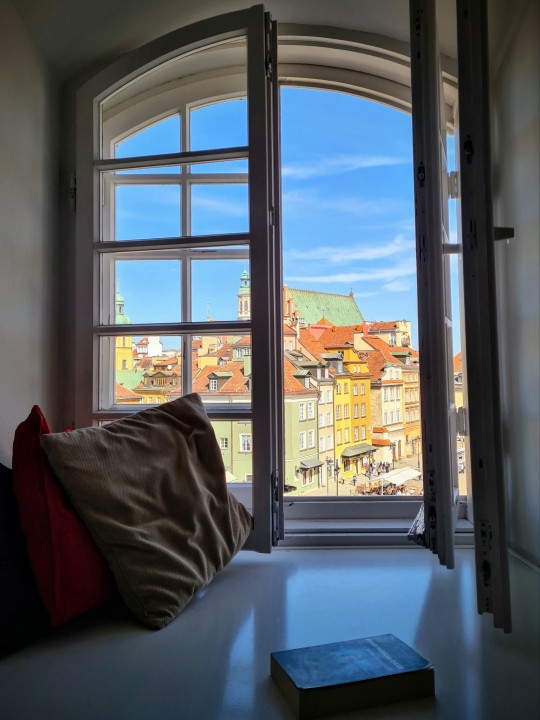
The prison is not outside, but inside each of us. Perhaps we simply don't know how to live without it.
-- Olga Tokarczuk
(Warszawa, Poland)
#prison#inside#freedom#olga tokarczuk#travel photography#warsaw#warszawa#poland#window#view#book#bookblr#photography#quote#distance
274 notes
·
View notes
Text

From uesugi.eiri
271 notes
·
View notes
Text
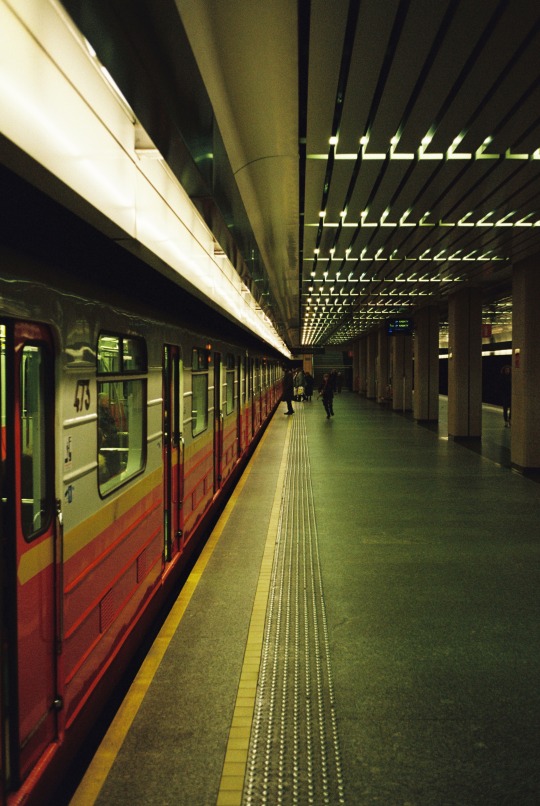
ph. Danko Maksimovic - Warsaw, Poland (2023)
Film: Kodak Portra 800
262 notes
·
View notes
Text
80th Anniversary of the Warsaw Ghetto Uprising: "The World Has to Know That We Did Not Go Like Lambs to the Slaughter."
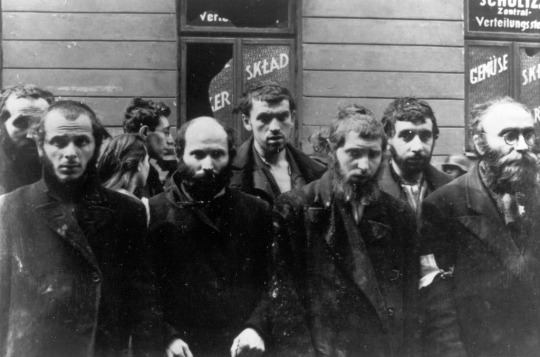


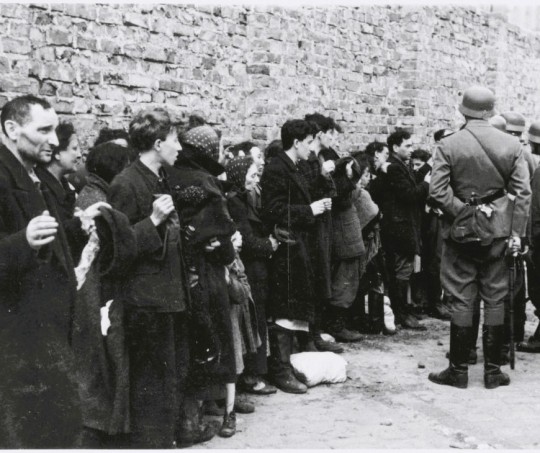
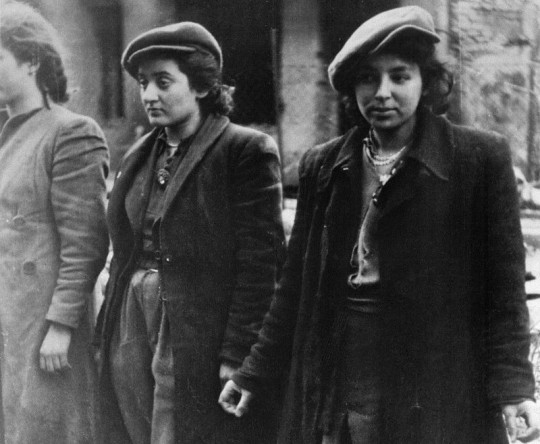
April 19th, 1943 - May 16th, 1943
Warsaw, Poland
“The question is not why all the Jews did not fight, but how so many of them did. Tormented, beaten, starved, where did they find the strength, spiritual and physical, to resist?” – Elie Wiesel
In the morning of April 19th, 1943, on what would be the first night of Passover, the Warsaw Ghetto Uprising began. German troops and SS entered the ghetto to deport its surviving inhabitants to the death camps.
In the summer of 1942, as Jews living in the Warsaw ghetto were deported to Treblinka, reports that made their way back quickly made it clear that "resettlement" meant mass-murder. In response to this, Jews citizens in the ghetto began forming organized resistance forces; the Jewish Combat Organization (ŻOB) and the Jewish Military Union (ŻZW).
Following the January 1943 success of a smaller-scale resistance preventing a deportation attempt, an act that led to the suspension of such deportation efforts by the Nazis, the residents began to secretly build subterranean tunnels and shelters in preparation for a full-scale uprising.
Throughout April rumours swirled of a final deportation of the ghetto's remaining Jews. On the 18th it became clear that German forces, reinforced with artillery and tanks, were moving in to carry out their final action. The alarm was raised, and residents retreated to their underground shelters. They would remain here for the duration of the uprising, refusing to surrender themselves to deportation.
A group of around 700 Jewish resistance fighters, made up of the ŻOB and ŻZW and led by 24-year-old Mordechai Anilevitch, joined together to stage what would be their final stand against the Nazis. These brave young people were malnourished and lacked proper military training, they were equipped with nothing but poor-quality or even homemade weapons and their bare hands.
By contrast German forces numbered 2000, they were well-equipped and well-trained and had advanced knowledge of the existence of these resistance groups.
Despite this stark imbalance, on the first day of the uprising the ragtag Jewish fighters met the invaders head on and successfully forced the Nazis to retreat outside the city walls.
Amongst all of the chaos and destruction all around them, the Jews hiding in the tunnels and bunkers gathered together to celebrate Passover with what little they had, breaking homecooked matzah and drinking illicitly obtained wine.
The Warsaw Ghetto Uprising held strong for a full 27 days, coming to an end on May 16th, 1943. Unable to gain a full advantage, the Germans had resorted to burning the Warsaw Ghetto to the ground in an attempt flush out those in hiding so they could be rounded up.
In the months following the official end of the uprising some Jews remained hiding out in the rubble, periodically attacking German police on patrol.
This was the largest uprising by Jews during World War II and the first significant urban revolt against German occupation in Europe. It inspired many more uprisings, especially amongst Jews in camps and Ghettos.
May Their Memories Be a Revolution
Learn More:
Warsaw Ghetto Uprising | Holocaust Encyclopedia
Holocaust Survivors Describe the Last Passover in the Warsaw Ghetto
Tuesday, Nissan 27, 5783 / April 18, 2023 - Jewish Calendar - On This Day
#jumblr#jewish#judaism#yom hashoah#holocaust remembrance day#the shoah#shoah#shoah remembrance day#holocaust#the holocaust#shoah mention#holocaust mention#antisemitism#antisemitism tw#tw antisemitism#jewish history#nazi tw#warsaw#warsaw ghetto#warsaw ghetto uprising#may their memories be a blessing#may their memories be a revolution#a few days early
2K notes
·
View notes
Text

Warsaw, Poland (by Josh Hild)
582 notes
·
View notes